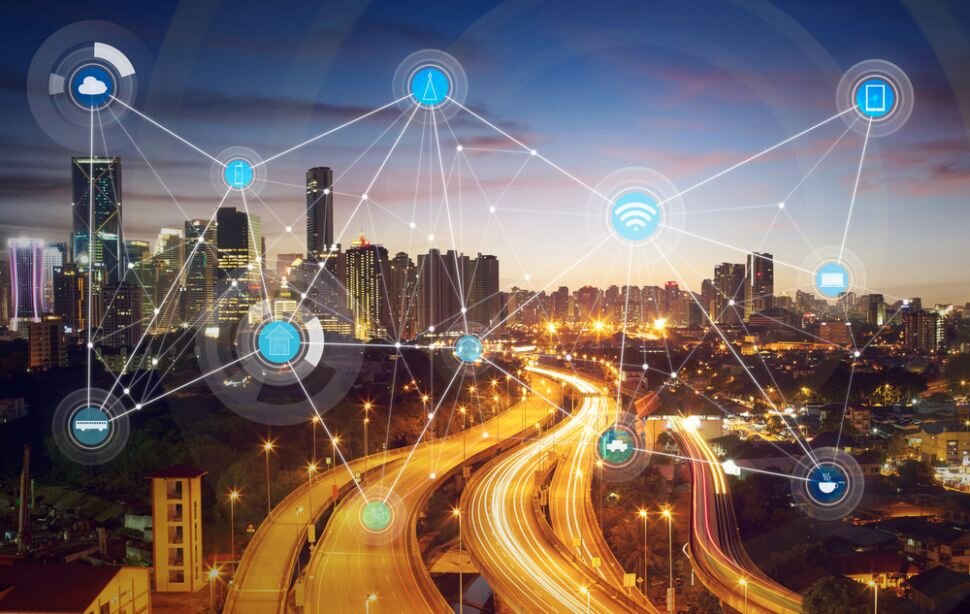Search the Community
Showing results for tags 'smart video'.
-
As businesses across Europe look to stay ahead of the competition and drive success, leaders at these organizations are continuously on the lookout for new solutions. Especially those that tap into the potential of their data to generate valuable insights. A key innovation in this space growing in adoption is enhanced smart video that can lean on the power of artificial intelligence (AI). AI-powered smart video solutions have far more capabilities than the traditional surveillance associated with their basic counterparts, making these tools the new must have for businesses across numerous diverse sectors. They apply advanced analytics that deliver insights almost instantly to better operations, limit costs and boost revenue. A study from Western Digital was recently launched to understand the impact of AI on smart video, especially its capabilities for European businesses. The results found that AI is already integral in delivering advantages including improved scalability, efficiency, customization of surveillance and analytics. As smart video technology becomes more agile and AI grows in proliferation, its use cases will only increase further. While the full use cases of smart video are emerging, numerous examples can already be observed across diverse sectors including: Smart manufacturing: AI analytics in the factory In manufacturing, smart video is already critically important. When implemented in factories, these solutions carry various advantages. After filming the production process, leaders can collect data for analysis. Consequently, they can understand which stages of production are inefficient and then work to prevent bottlenecks. Data collected may also predict upcoming machinery issues, ensuring systems are upgraded as necessary. On a mass scale, improving production efficiency drives much greater outputs and profits. Beyond analytics generation, smart video technologies in factories can monitor employee health and safety, reporting on incidents automatically where appropriate. This can give factories access to better insurance policies and help to improve their reputation for staff welfare. In project management and planning, analytics from video recordings can also be referenced to align with global safety standards. Smart video in healthcare Hospitals, doctors’ surgeries and other healthcare facilities now increasingly rely on smart video systems to improve security and the efficiency of care. On entering a building, a patient’s data from smart video can trigger an alert, ensuring they patient receives care as quickly as possible. In some cases, this may come in the form of a staff member assisting them, or even a full team with specialist equipment during a medical emergency. Over weeks and months, data analytics can better facilities management and staffing levels, guaranteeing required resources are allocated to the peak times. This, therefore, limits unnecessary expenditure and staff burnout, especially prevalent if medical staff are in short supply. For example, if a GP surgery has too many staff in relation to patient appointments, smart video analytics can help identify busier facilities where staffing ought to be allocated. Keeping transport moving Smart video is also being used in public transport systems to improve service delivery. For companies managing trains, tubes, trams and buses, tracking journey times is a major operation. In London, the bus system alone is made up of 9,300 vehicles operating 675 routes. To boost efficiency, smart video insights can be used to assign staff and vehicles especially peak times when there is the greatest volume of human traffic. These insights can also be used to flag and counter issues. In some of the world’s largest cities, smart video insights can help a passenger in need of assistance, or a fault on a line. Where problems cause delays, analytics can help to reroute other trains where needed and alert control rooms to plan accordingly. This helps the world’s biggest cities to keep moving. Besides public transport, smart video is also being implemented for traffic management of roads in cities. When crossing a road, traffic lights will automatically change when necessary without the need to push a button. This ensures that these lights are being used most effectively. Insights from AI smart video can also be used to warn for upcoming traffic through signage changes, allowing drivers to re-route their journey to less congested routes. Data produced through smart video Research has highlighted the benefits of smart video, as well as an increasing willingness to install new or upgrade old smart video systems. However, rapid deployment will further increase demands to store valuable data. Most AI-equipped smart video solutions use 4K recording for real-time insights. Therefore, even more data must be stored and accessed on demand. As a quarter of businesses plan to implement this technology by the end of the year, data storage requirements will only increase. Depending on the scale of the smart video operations and specific user requirements, different storage solutions may be required. For the heavy workloads required to deal with video footage and analytics, many business leaders opt for HDDs as a cost-effective, high-capacity option. With the high performance required for these use cases, many business leaders opt for storage solutions specifically designed with smart video in mind. This helps organizations to work smarter. We've listed the best video conferencing software. This article was produced as part of TechRadarPro's Expert Insights channel where we feature the best and brightest minds in the technology industry today. The views expressed here are those of the author and are not necessarily those of TechRadarPro or Future plc. If you are interested in contributing find out more here: https://www.techradar.com/news/submit-your-story-to-techradar-pro View the full article
-
Forum Statistics
73.7k
Total Topics71.6k
Total Posts
.png.6dd3056f38e93712a18d153891e8e0fc.png.1dbd1e5f05de09e66333e631e3342b83.png.933f4dc78ef5a5d2971934bd41ead8a1.png)

